How to Keep your Pup Safe this Winter

It won’t be long until winter—and snow—arrives, and that means walking your dog outdoors in the snow. Here are five ideas that will help you take care of your dog in the winter, and the snow.
Doggie Diet
Winter months can be a tough on our pets in regards to maintaining their physiques. Bad weather, hectic schedules, and a habit of overindulgence for all can certainly lead to Fido packing on a few pounds. Obesity is a contributor to pain and inflammation in the body. Even a few pounds of weight gain can make cause more pain for an already arthritic pet. If a dog is obesity-prone, consider decreasing his or her diet by about 10 percent during this time of year. Or try switching to lower calorie treat options such as baby carrots, plain rice cakes broken up into bite sized pieces, ice cubes, or homemade doggie ice cream.
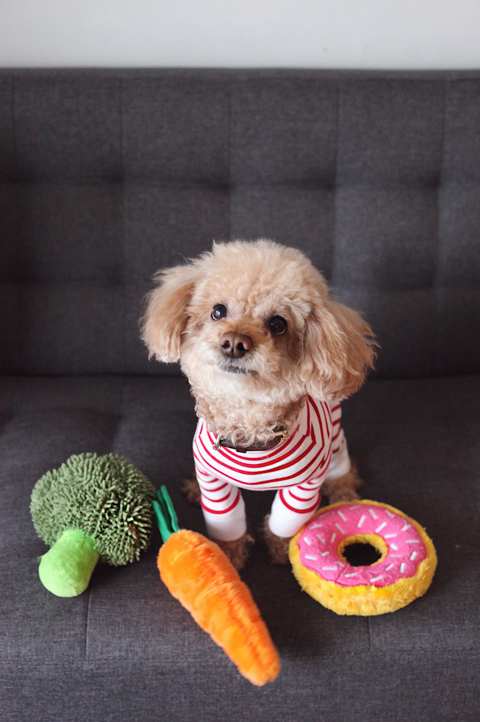
Some older pets have a harder time maintaining their weight during the cold months of winter. Try warming up the food or feeding smaller, more frequent meals to help make the meals easier to digest and to help your friend maintain his or her body condition.
Spending Time Together
Many people feel overwhelmed and over-scheduled during the holiday season. Frenzied changes in schedule are not healthy for people or their pets. Older dogs are dependent upon having a normal schedule. Pet owners may even see increased confusion or signs of cognitive dysfunction in some dogs when their household routine is disrupted.
Consider scheduling 15 to 20 minutes each day to spend quiet time with your pooch. Pet owners can spend this time applying moist heat to arthritic or sore joints. Focus on the muscles of the lower back, upper thighs, hips and shoulders. An easy way to do this is by filling an old sock with uncooked rice, tie it shut, and heat it in the microwave for a few minutes. Be careful that you don’t accidentally burn your pet!
After applying heat for five minutes, follow up with a nice gentle massage. Videos such as Bodywork for Dogs, by Lynn Vaughan and Deborah Jones or Stretching the Performance Dog, by Debbie Gross Saunders are great learning tools and are good for the senior citizen and the off-season athlete. By the time the massage is over and you have had a chance to just be still with your dog, the pet owner and the pet will feel better.
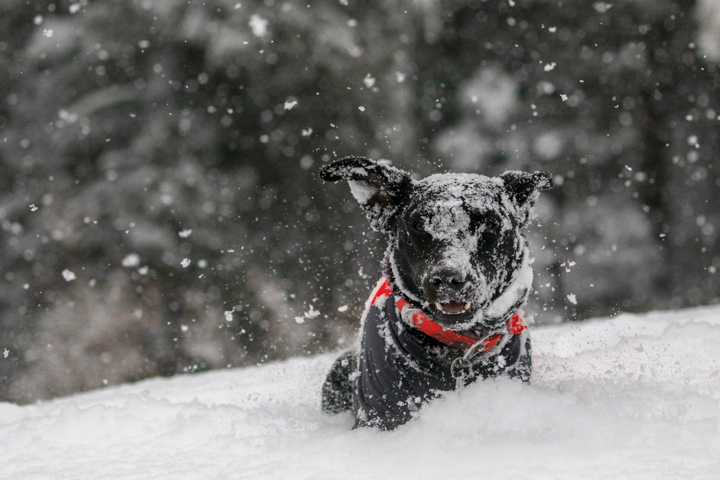
Ice Hazards
Winter months can be tough on older pets and also those recovering from orthopedic surgery. Vets often see patients that have re-injured themselves or have damaged their surgical repair because they slipped on the ice. When you have an orthopedically fragile friend, it is imperative that you keep outdoor walkways as slip-free as possible. Try investing in No-Slip Ice Carpets or a pet-friendly deicer as traditional de-icing salt can be dangerous for dog feet.
An eco-friendly option would be to use darkly-colored bird seed to help provide traction and encourage the ice to melt. If you have a large yard, you may also consider cordoning off a smaller area with temporary fencing to help prevent falls and slips further away from your house. Also, beware the weekend warrior. Many dogs love snow, and they love to run and play. Even a physically-fit dog is at risk of tearing a cruciate ligament if he slips while playing in the snow and ice.
Wet paws inside the house can also make hardwood floors more treacherous. Continue to use non-slip flooring ideas in the house, by providing rubber-backed runner carpets on hardwood or tile floors. You can also use other products such as Dr. Buzby’s ToeGrips, Paw Pads, or Cushy Paw Slippers to help give your dog better traction. Dogs that are more debilitated likely would benefit from slings such as the Ginger Lead or full body harnesses such as the Help ‘em Up Harness to better help prevent slips and falls.
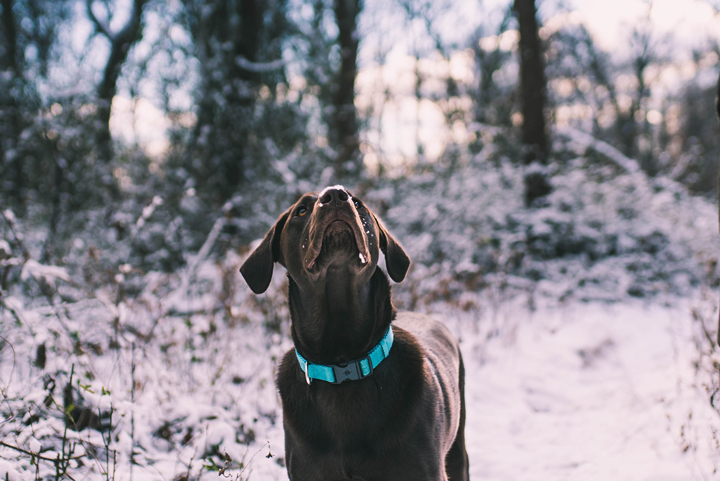
Stay Active
Many people tend to hibernate through the winter. Cold weather, wintery outdoor conditions, and shorter daylight discourage people from exercising. During this time, though, pet owners should keep their dogs moving. Remember that motion is lotion! By maintaining a physical fitness plan for your pup through the winter, you can help to prevent muscle loss, keep joints well lubricated, and help to prevent future injury or decline.
If the weather is bad, you can help to maintain your dog’s fitness by encouraging him or her to get up and move about the house once an hour when you are home and awake. Be creative, and build obstacle courses in the house–broom handles make great cavaletti poles to improve your pet’s balance. Try puppy Stairmaster exercises by having him or her walk up and down the stairs in a controlled fashion three or four times in a row. Make stations where you ask your dog to do some strength training exercises such as sitting to standing or walking backward. Facilities that offer underwater treadmill or swimming can also be great for helping your dog to burn off some energy when the weather prohibits outdoor activity.
If the conditions are safe, continue your walking program throughout the winter by incorporating two or three 15-20 minute purposeful leash walks into your day. During these walks, make sure to move at a consistent pace without much stopping to sniff around. Consider adding in speed intervals from a walk to a brisk walk or slow trot back to a walk again. Hills and uneven terrain make the walk more interesting and challenging. If you do not have an established walking program for your dog, vets recommend that you consult with your family veterinarian or rehabilitation practitioner for ideas to make this safe and useful for you and your dog. Maintaining purposeful activity throughout the winter will help to ensure that Fido is ready to frolic when Spring arrives!
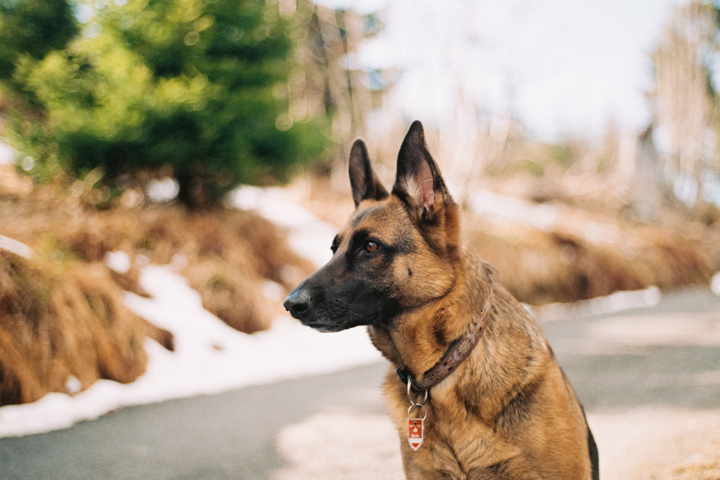
Tis The Season For Toys
During this season of gift-giving, it’s a great idea to seek out some products that help to keep your dog mentally stimulated and get him or her up and moving. Puzzle toys such as Busy Buddies and the Dog Twister Interactive Game will help to stave off the winter doldrums. By having to figure out the puzzles, these toys stimulate mental activity which is great for creatures of all ages.
Oftentimes, pets with decreased mobility become bored and detached from their families and surroundings. Encouraging them to play can help to bring the spark back into their life. Exercising their mental muscles will help to improve the quality of life. Other pets that have suffered from front leg injuries can actually use treat balls and puzzle toys to help with strength training. Finally, these toys can play a role in weight management as you can hide your pet’s food in them. This will slow down their eating and also encourage them to burn calories while having a fun meal!
Remember to be creative this winter to help get your pup up and moving this holiday season. Taking some time to be still and to play with your beloved friend will be a real treat for you both. It will guarantee a safe and happy holiday season to all pet owners and their pets.
This article was originally published in our Winter 2013 print issue.

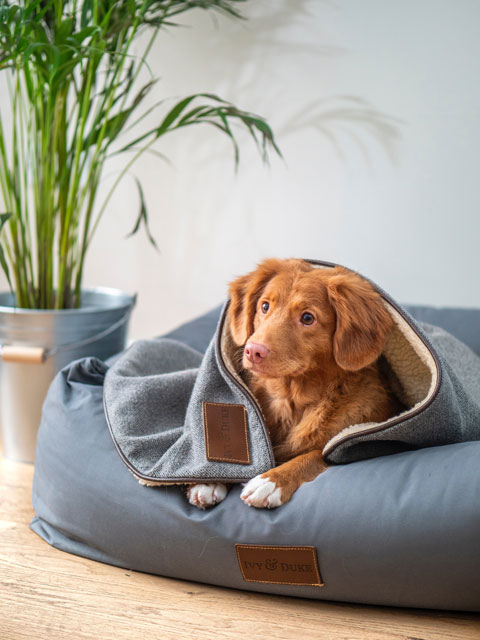
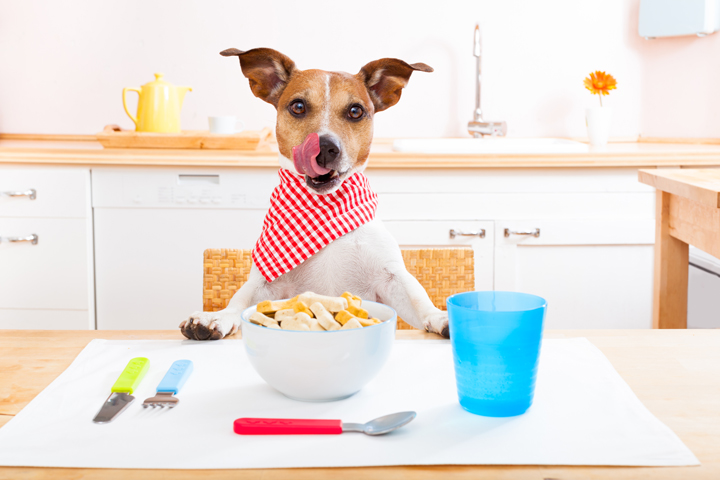

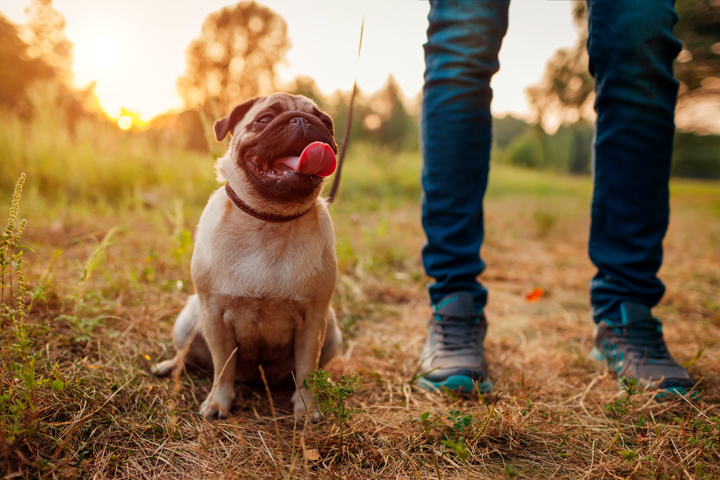

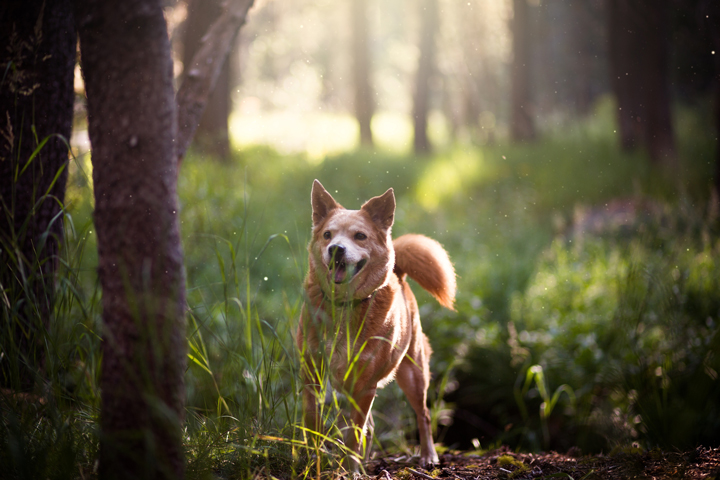


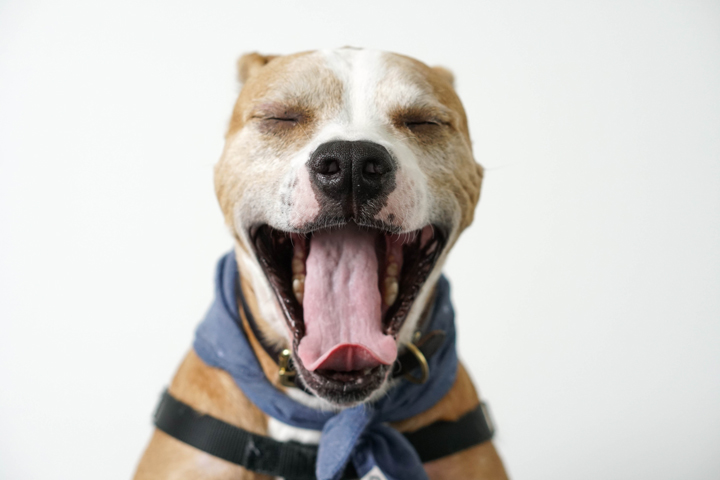
Leave a Reply